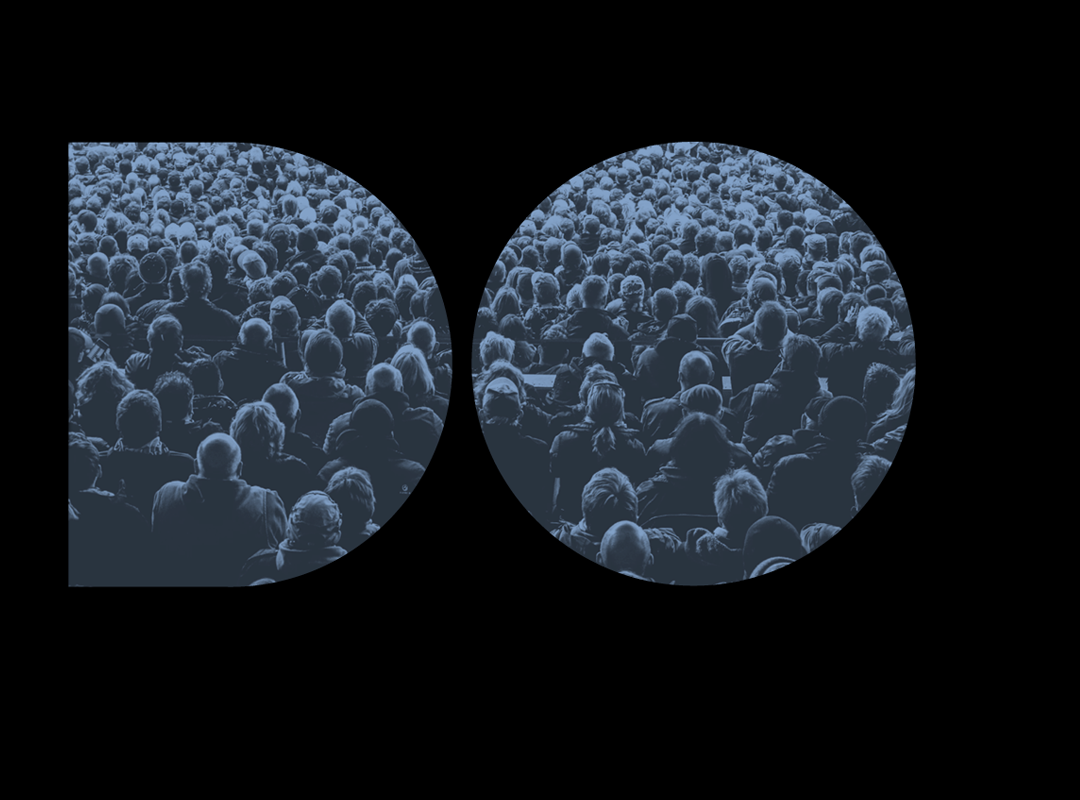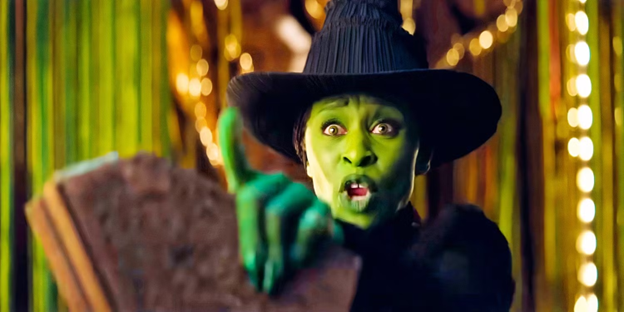Typography
Showing 157 – 168 of 171 results

Jessica Helfand|Essays
The DNA of AND: Ampersand as Myth and Metaphor
From corporate rhetoric to consumer cliché to faux finishes and desktop veneer, truth has gone from being a steadfast principle to a silly posture. Once the stuff of morals and fables, its presence in everyday life has become an …

Jessica Helfand|Essays
Annals of Typographic Oddity: Mourning Becomes Helvetica
It isn't often that The New York Times runs a 6-column headline on the front page. This kind of editorial real estate is typically reserved for something cataclysmic — a coup d'etat, for instance — and looks goofy and …

William Drenttel|Essays
Typography and Diplomacy
Tom Vanderbilt is a writer whose observations on design I respect: I wish he had written this piece for Design Observer. Instead, we have a very good writer making smart design observations on Slate. Check out this story: the United States …

Michael Bierut|Essays
Rob Roy Kelly’s Old, Weird America
The late educator and designer Rob Roy Kelly has had a lasting influence on the profession of graphic design, particularly through his landmark book "American Wood Type."

Rick Poynor|Essays
Notes on Experimental Jetset
Experimental Jetset’s argument that design should have a certain autonomy and an inner logic separate from tastes and trends makes sense, but as a rationale for defaulting to Helvetica, is it convincing?

Jessica Helfand|Essays
Sign Language: Endangered Species or Utopian Uprising?
Many of my students have, over the years, considered the street writ large as a kind of flexible, experimental canvas. Their sources — and here I would include everything from Aaron Siskind to Gabriel Orozco — inform work in …

Rick Poynor|Essays
Unnecessary Revival
As a first-time enthusiast for American Typewriter, I was happy to see it pass into history. Resurrecting the typeface now that the typewriter has given way to digital technology is just nostalgia ― soft at the core.

Rick Poynor|Essays
Those Inward-looking Europeans
Three American design teachers visit London and the Netherlands. European designers, they say, are not paying attention to design history. Maybe the visitors are missing local factors and broader global issues.

William Drenttel|Essays
Information Archaeology
The New York Times recently ran a front page story about a U.S. Justice Department report on the agency's diversity efforts. The final assessment was posted on the web last month, but over half of the report was "blacked out." Obviously, a …

Jessica Helfand|Essays
Color Me Kurt
An article in today's New York Times discusses the new direction for Colors under the editorial leadership of critic, author, editor and part-time radio host Kurt Andersen.

Michael Bierut|Essays
The New York Times: Apocalypse Now, Page A1
Michael Bierut on the typographic redesign of the New York Times, October 2003.

William Drenttel|Essays
VAS: An Opera in Flatland
I first saw the work of Stephen Farrell while walking with Richard Meier through the opening of the Cooper-Hewitt National Design Triennial in 2000. Stephen made a 600+ page book about at typeface, Volgare, inspired by a Renaissance …
Observed
View all
Observed
Recent Posts
A quieter place: Sound designer Eddie Gandelman on composing a future that allows us to hear ourselves think It’s Not Easy Bein’ Green: ‘Wicked’ spells for struggle and solidarity Making Space: Jon M. Chu on Designing Your Own Path Runway modeler: Airport architect Sameedha Mahajan on sending ever-more people skyward



